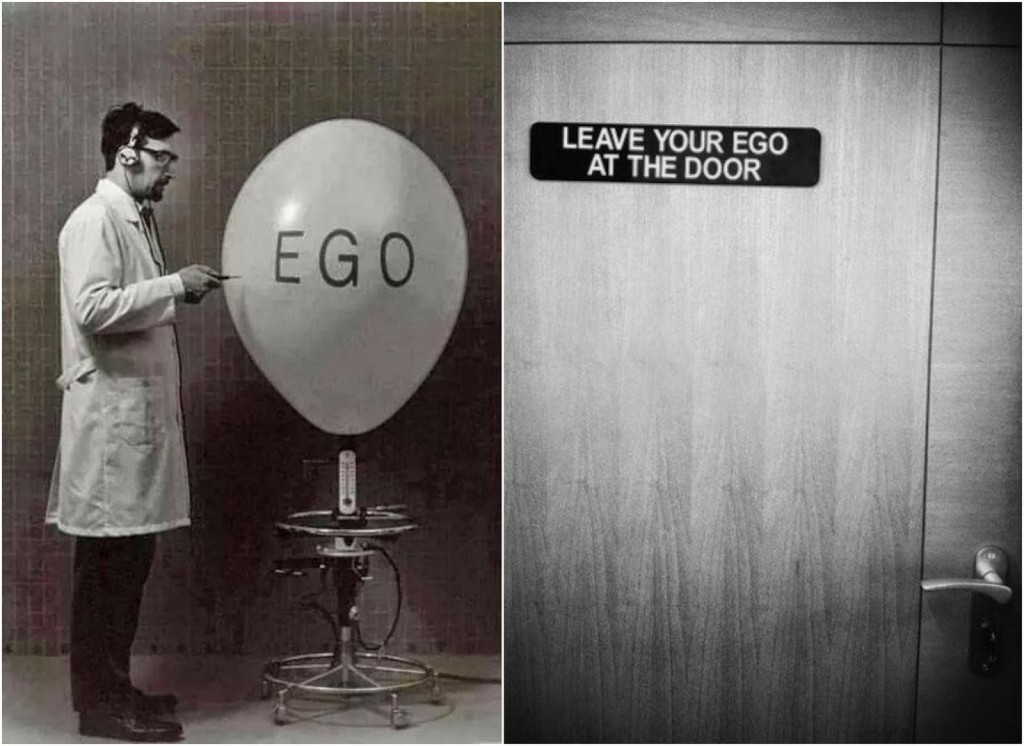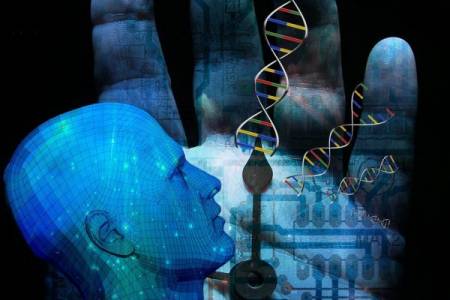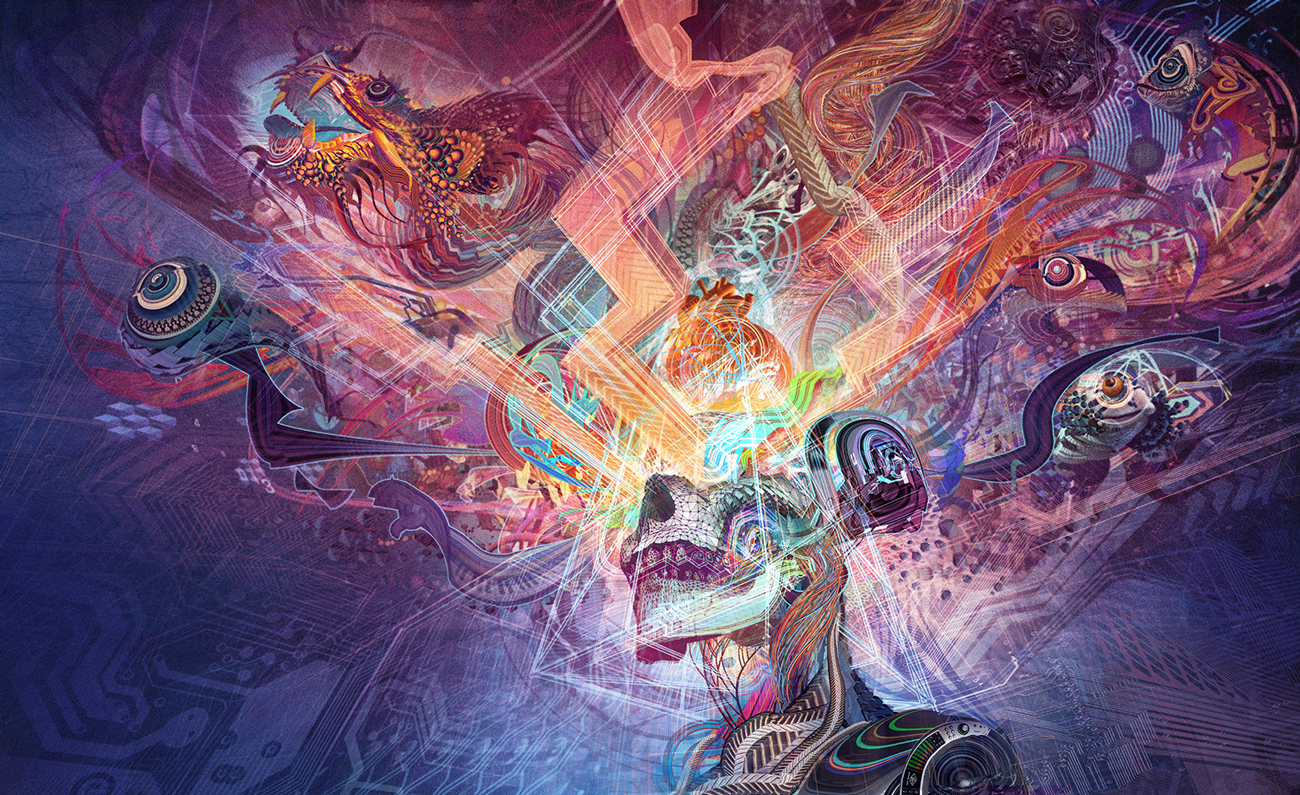Page 361
“Notwithstanding that, at the moment I struck him, his presence in another place is authentically proved; . . . I saw — yes, I saw plainly the phantom hurt upon the cheek or shoulder, and this same wound is found precisely on the living person, re-percussed upon his cheek or shoulder. Thus, it becomes evident that the facts of re-percussion have an intimate connection with those of bi-location or duplication, either spiritual or corporeal.”
The history of the Salem witchcraft, as we find it recorded in the works of Cotton Mather, Calef, Upham, and others, furnishes a curious corroboration of the fact of the double, as it also does of the effects of allowing elementary spirits to have their own way. This tragical chapter of American history has never yet been written in accordance with the truth. A party of four or five young girls had become “developed” as mediums, by sitting with a West Indian negro woman, a practitioner of Obeah. They began to suffer all kinds of physical torture, such as pinching, having pins stuck in them, and the marks of bruises and teeth on different parts of their bodies. They would declare that they were hurt by the spectres of various persons, and we learn from the celebrated Narrative of Deodat Lawson (London, 1704), that “some of them confessed that they did afflict the sufferers (i.e., these young girls), according to the time and manner they were accused thereof; and, being asked what they did to afflict them, some said that they pricked pins into poppets, made with rags, wax, and other materials. One that confessed after the signing of her death-warrant, said she used to afflict them by clutching and pinching her hands together, and wishing in what part and after what manner she would have them afflicted, and it was done.”
Mr. Upham tells us that Abigail Hobbs, one of these girls, acknowledged that she had confederated with the Devil, who “came to her in the shape of a man,” and commanded her to afflict the girls, bringing images made of wood in their likeness, with thorns for her to prick into the images, which she did; whereupon, the girls cried out that they were hurt by her.”
Page 362
How perfectly these facts, the validity of which was proven by unimpeachable testimony in court, go to corroborate the doctrine of Paracelsus. It is surpassingly strange that so ripe a scholar as Mr. Upham should have accumulated into the 1,000 pages of his two volumes such a mass of legal evidence, going to show the agency of earth-bound souls and tricksy nature-spirits in these tragedies, without suspecting the truth.
Ages ago, the old Ennius was made by Lucretius to say:
“Bis duo sunt homines, manes, caro, spiritus umbra; Quatuor ista loci bis duo suscipirent;Terra tegit carnem; — tumulum circumvolat umbra,Orcus habet manes.”
In this present case, as in every similar one, the scientists, being unable to explain the fact, assert that it cannot exist.
But we will now give a few historical instances going to show that some daimons, or elementary spirits, are afraid of sword, knife, or any thing sharp. We do not pretend to explain the reason. That is the province of physiology and psychology. Unfortunately, physiologists have not yet been able to even establish the relations between speech and thought, and so, have handed it over to the metaphysicians, who, in their turn, according to Fournie, have done nothing. Done nothing, we say, but claimed everything. No fact could be presented to some of them, that was too large for these learned gentlemen to at least try to stuff into their pigeon-holes, labelled with some fancy Greek name, expressive of everything else but the true nature of the phenomenon.
“Alas, alas! my son!” exclaims the wise Muphti, of Aleppo, to his son Ibrahim, who choked himself with the head of a huge fish. “When will you realize that your stomach is smaller than the ocean?” Or, as Mrs. Catherine Crowe remarks in her Night-Side of Nature, when will our scientists admit that “their intellects are no measure of God Almighty’s designs?”
We will not ask which of the ancient writers mention facts of seemingly-supernatural nature; but rather which of them does not? In Homer, we find Ulysses evoking the spirit of his friend, the soothsayer Tiresias. Preparing for the ceremony of the “festival of blood,” Ulysses draws his sword, and thus frightens away the thousands of phantoms attracted by the sacrifice. The friend himself, the so-long-expected Tiresias, dares not approach him so long as Ulysses holds the dreaded weapon in his hand. AEneas prepares to descend to the kingdom of the shadows, and as soon as they approach its entrance, the Sibyl who

Moe is the founder of GnosticWarrior.com. He is a father, husband, author, martial arts black belt, and an expert in Gnosticism, the occult, and esotericism.





![How the same holy man gave sight to the blind daughter of a tribune, and then coming to St. Alban, there received of his relics, and left other relics of the blessed Apostles and other martyrs [429 A.D.] | Book 1 | Chapter 17 How the same holy man gave sight to the blind daughter of a tribune, and then coming to St. Alban, there received of his relics, and left other relics of the blessed Apostles and other martyrs [429 A.D.] | Book 1 | Chapter 17](https://www.gnosticwarrior.com/wp-content/plugins/contextual-related-posts/default.png)